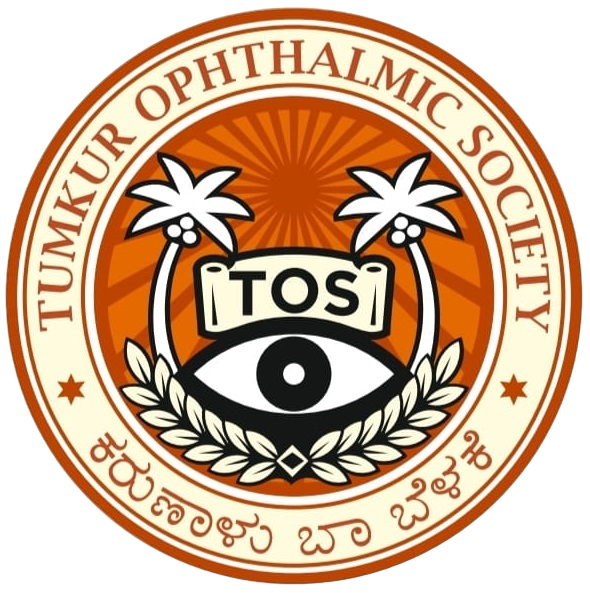Uveitis
What is Uveitis
Uveitis (pronounced you-vee-EYE-tis) is inflammation of the uvea — the middle layer of the eye that consists of the iris, ciliary body and choroid.Uveitis can have many causes, including eye injury and inflammatory diseases.
Causes of Uveitis
The exact cause of uveitis is often unclear, but some factors increase the chance of it happening. These include Juvenile arthritis, psoriasis and other autoimmune disorders, such as rheumatoid arthritis. Inflammatory disorders, such as Crohn’s disease, ulcerative colitis.
Treatment of Uveitis
If uveitis is caused by an underlying condition, treatment will focus on that specific condition. The goal of treatment is to reduce the inflammation in your eye. Several treatment options are available.
Medications
Drugs that reduce inflammation. Doctor may prescribe eye drops with an anti-inflammatory medication, such as a corticosteroid. If those don’t help, a corticosteroid pill or injection may be the next step.
Drugs that fight bacteria or viruses. If uveitis is caused by an infection, the doctor may prescribe antibiotics, antiviral medications or other medicines, with or without corticosteroids, to bring the infection under control.
Drugs that affect the immune system or destroy cells. The patient may need immunosuppressive or cytotoxic drugs if uveitis affects both eyes, doesn’t respond well to corticosteroids or becomes severe enough to threaten patient’s vision.
Some of these medications can have serious side effects, such as glaucoma and cataracts. Patient may need to visit your doctor for follow-up examinations and blood tests every 1 to 3 months.
Surgical and other procedures
Vitrectomy : Surgery to remove some of the vitreous in patient’s eye (vitrectomy) may be necessary to manage the condition.
Surgery that implants a device into the eye to provide a slow and sustained release of a medication. For people with difficult-to-treat posterior uveitis, a device that’s implanted in the eye may be an option. This device slowly releases corticosteroid medication into the eye for two to three years. Possible side effects of this treatment include cataracts and glaucoma.
The speed of patient’s recovery depends in part on the type of uveitis they have and the severity of their symptoms. Uveitis that affects the back of eye (choroiditis) tends to heal more slowly than uveitis in the front of the eye (iritis). Severe inflammation takes longer to clear up than mild inflammation does.
